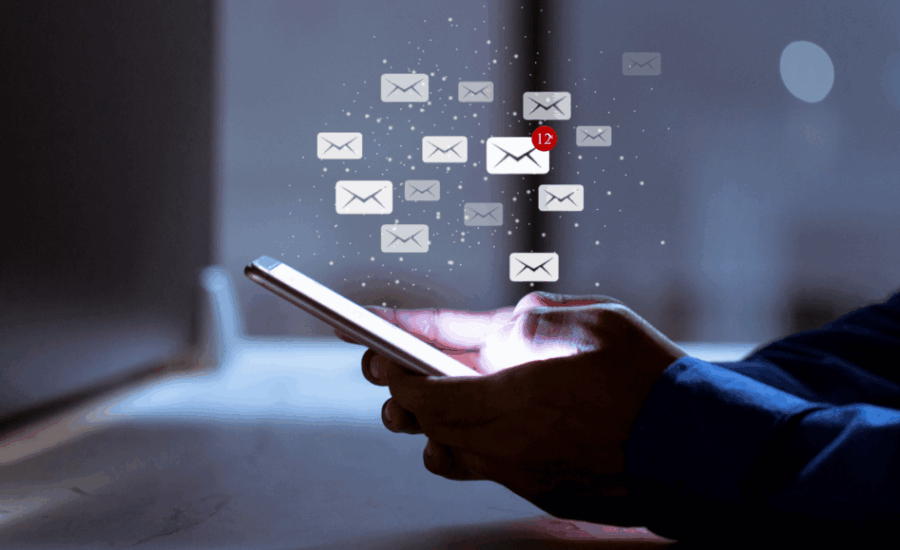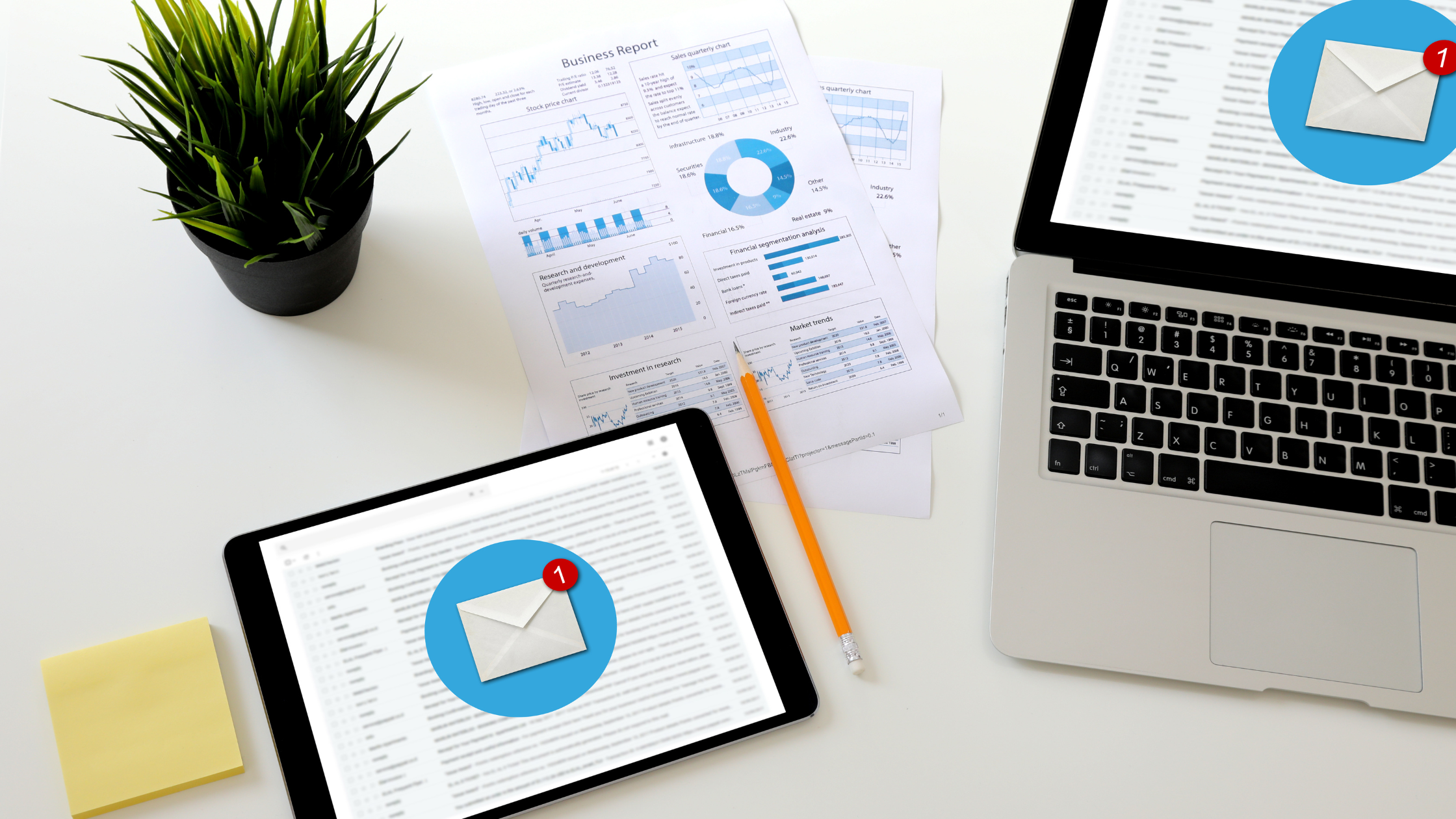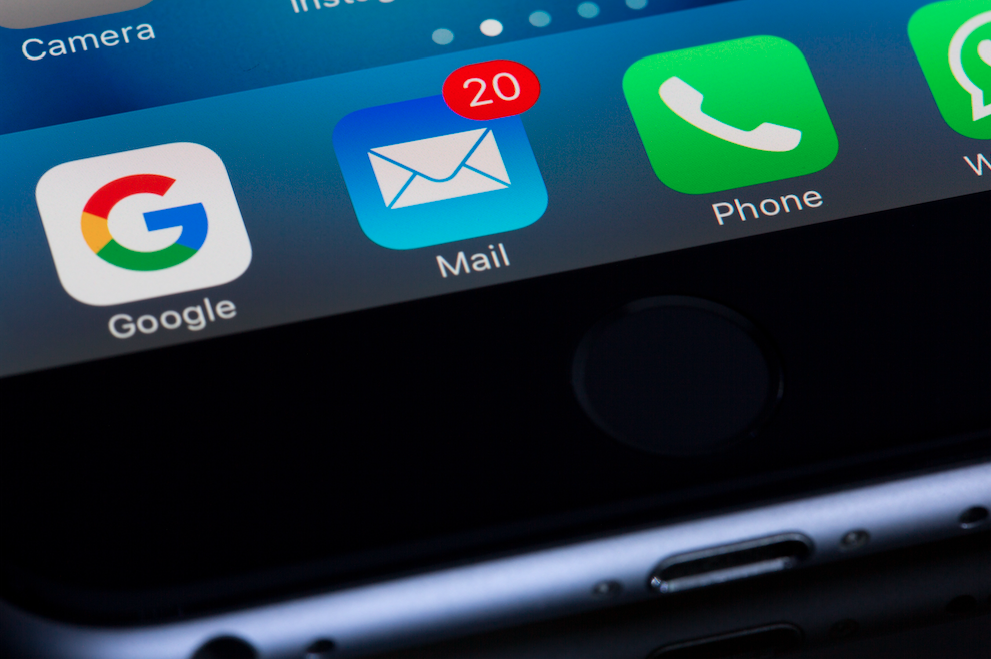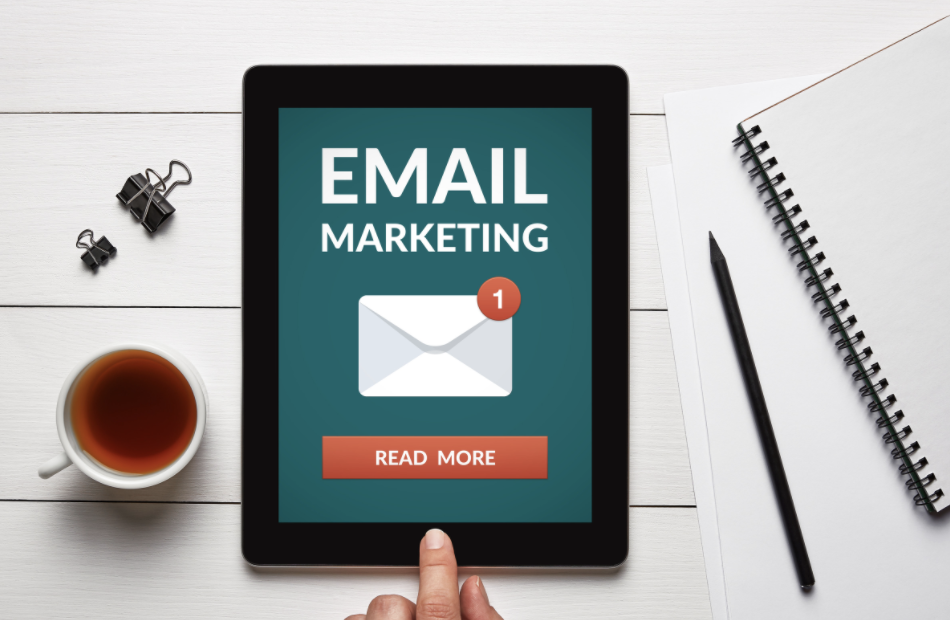Email marketing has come a long way from static newsletters and promotional blasts. In 2025, inboxes are becoming more dynamic, interactive, and even transactional. With consumers expecting personalization and convenience, brands are now experimenting with interactive features, AMP technology, and shoppable
Email Marketing Strategy Archives - Onimod Global
- Home
- Tag: Email Marketing Strategy
Email marketing cuts through the noise in an age where consumers are inundated with content. With 77% of marketers reporting increased email engagement over the past 12 months, it's clear that email remains a highly valuable direct
In the ever-evolving landscape of digital marketing, email remains a powerful tool for engaging with customers and driving conversions. However, the advent of artificial intelligence (AI) has revolutionized how businesses approach email marketing. By leveraging AI, marketers
In the dynamic landscape of digital marketing, it's essential to pay attention to the tried-and-true method of reaching out to your audience: email marketing. Despite being one of the earliest forms of digital communication, email marketing in
If Covid-19 has taught us anything over the past year and a half, it’s that plans can really alter quickly. What you have forecasted as upcoming events or projects for today may not be correct even by
Email marketing is one of the best ways to remain top-of-mind with your audience. According to Campaign Monitor, email is capable of driving a 4400% ROI and $44 for every $1 spent. The opportunity email presents is











